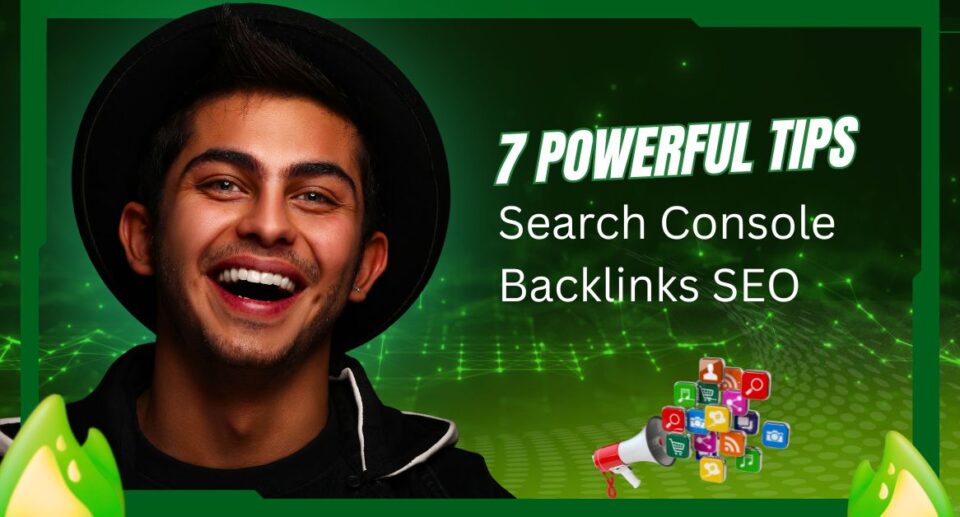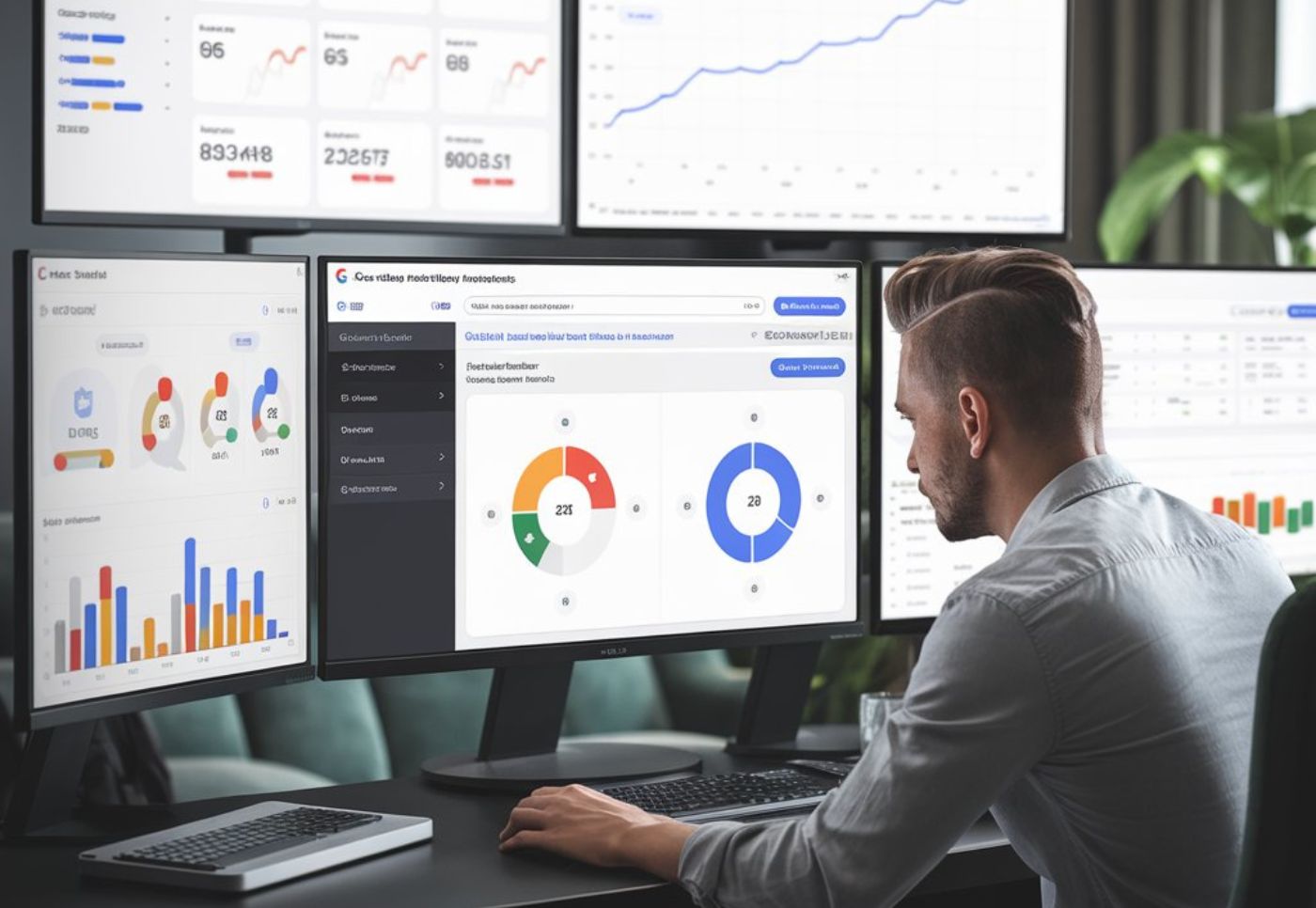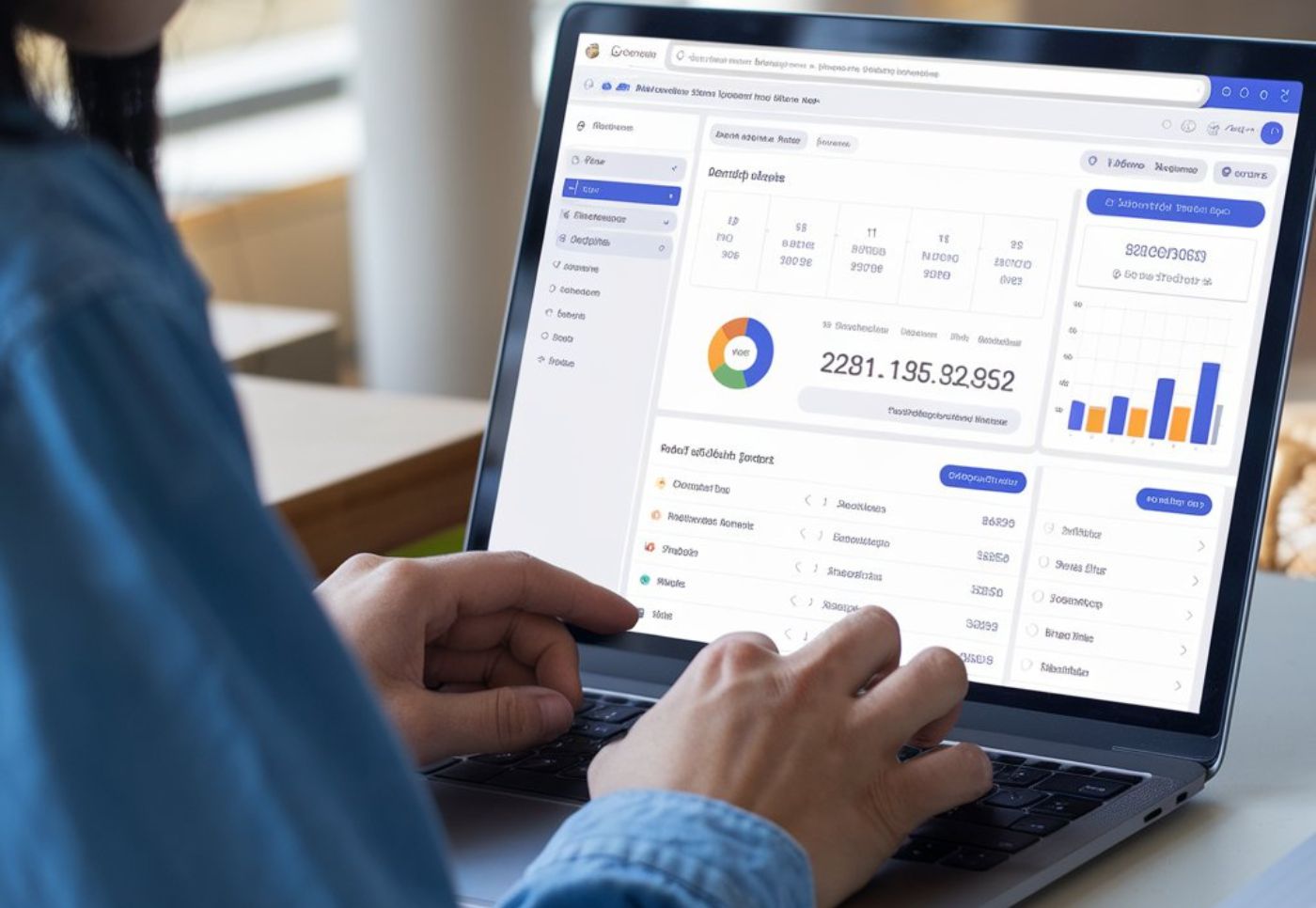5 Dangerous Risks of Permanent Homepage Backlinks

Introduction: Hooked on Easy Homepage Links?
You’ve set up a guest post, landing page, or even a partner site with a link straight to your homepage—and it’s set permanently. It looks like a quick win. But those permanent homepage backlinks could be doing more harm than good.
Many site owners chase homepage backlinks for perceived authority boosts. Yet they often ignore key questions: Are these links relevant? Do they follow Google’s quality guidelines? Could they trigger a penalty? In this post, we explore exactly what happens when you rely on permanent homepage backlinks, why they’re misunderstood, and the real risks—plus more innovative alternatives to keep your SEO strategy robust.
H2 #1 – Understanding Permanent Homepage Backlinks
Permanent homepage backlinks refer to links placed on other websites that point directly to your homepage—and remain indefinitely unless manually removed.
In SEO, homepage backlinks are valued for passing link equity (aka PageRank), signalling to search engines that your site is reputable. According to Ahrefs, homepage backlinks often have higher authority simply because homepages tend to receive the most internal and external connections. However, this surface value hides deeper issues.
Think of your homepage as the front door to your house: welcome, yes—but not necessarily where visitors want to go. Search users often seek specific content inside your site. So, overemphasizing homepage backlinks is like investing in curb appeal while ignoring the rooms people need.
H2 #2 – Why Permanent Homepage Backlinks Are Common or Misunderstood
Factor #1: Simplified Metrics
SEO tools commonly report homepage link counts prominently, making these backlinks seem more impressive. Visibility creates allure—even if relevance isn’t considered.
Factor #2: Misguided “Authority Boost” Belief
Marketers assume homepage links automatically boost domain authority. While linking to your homepage does contribute to domain visibility, it’s a simplistic take. Google’s algorithms consider relevance, anchor text, and context—not just count.
Factor #3: Link Farms & Footer Links
Many low-quality or automated sites include homepage links in global footers or link directories. These often get indexed but hold little genuine value.
Factor #4: Permanent vs. Temporary Misconception
Website owners may think “permanent” equals lasting value, but permanent links that are irrelevant or manipulative can accumulate risk over time—especially post-algorithm updates like Google Penguin.
Subscribing to homepage backlinks without scrutiny is like buying stock in a company without reading its financials—it may seem profitable until it collapses.
H2 #3 – Risks & Myths About Permanent Homepage Backlinks
Myth: “All Homepage Links Boost Rankings”
Quality—not quantity—rules. Links from spammy or irrelevant sites are ignored at best or penalized at worst.
Risk: Over-Optimized Anchor Text
If your homepage link always uses the same match anchor (“best gardening tools”) from multiple domains, it triggers red flags. Google’s Matt Cutts has warned against anchor-text overuse in guest posts.
Myth: “They’re Safe Because They’re Permanent”
Permanence doesn’t equal safety. If the linking site’s quality drops or it gets penalized, your site may suffer as collateral.
Risk: Google Algorithm Whiplash
Google’s algorithm updates, like Penguin and Core updates, target unnatural link patterns. A cluster of low-quality homepage backlinks might revive penalization risks.
Myth: “NoFollow Homepage Links Don’t Matter”
Even nofollow or user-generated links matter in context. A blogroll on spammy sites or dense paid link footers can raise suspicion—even with nofollow tags.
H2 #4 – What You Should Do Instead: Smarter Link Strategies
Stop chasing permanent homepage links—here’s a refined approach:
Focus on High-Quality, Contextual Page Links
- Guest posts to relevant inner pages, not the homepage.
- Aim for editorially placed links that flow naturally in content.
- Ensure anchor text is natural or branded—avoid over-optimized terms.
Diversify Anchor Text
- Use mixed or branded anchors (“our homepage,” “learn more” rather than all keyword phrases).
- Look at Backlinko research: diverse anchors correlate with more substantial rankings.
Prioritize Relevance Over Placement
- A link in a deep industry article carries more weight than a homepage link in a spam directory.
Regularly Audit Links
- Use tools like Ahrefs and Moz Link Explorer to track backlinks.
- Disavow low-quality links when necessary using Google’s Disavow Tool.
Build Internal Linking
- Strengthen your own site’s internal link structure, pushing equity to important pages without needing homepage links.
Employ Content Marketing & PR
- Create sharable assets (studies, infographics, tools) that naturally attract links to deeper pages.
H2 #5 – Evaluating & Applying These Insights
Ask these questions when evaluating your backlink profile:
- Where are the links pointing? If most go to your homepage, is that truly beneficial?
- What’s the linking context? Are they editorial or part of spam directories?
- What anchor text variety exists? Diverse vs. exact-match usage matters.
- Does the linking domain hold topical relevance and authority?
- Is this link permanent because it’s trusted or because it’s set-and-forget from low-quality placements?
Apply these steps quarterly:
- Review your top backlink sources.
- Prioritize recent, relevant, in-content links over static or suspicious ones.
- Refresh your outreach strategy to target inner page content.
- Adjust your seo technical checklist to monitor backlink risks regularly.
Conclusion: Think Beyond Permanence
Permanent homepage backlinks look appealing—after all, they remain indefinitely, right? But permanence doesn’t guarantee impact. Risks like penalty exposure, low relevance, or anchor text issues may outweigh transient benefits.
Instead, focus on quality, relevance, and diversity—target inner pages with contextual editorial links. Regular audits and balanced anchor text will build a sustainable link profile. Your seo technical checklist should track these nuances.
Question to ponder: Have you audited your homepage backlinks recently—and do they align with your long-term SEO goals?
FAQs
1. Are permanent homepage backlinks always bad?
Not always. They’re fine when coming from authoritative, relevant sites with varied, natural anchors. But most low-effort backlinks are risky.
2. Should I disavow every homepage link?
Only disavow if the link is spammy, irrelevant, or causing rankings damage. Use tools like Moz or Ahrefs to identify toxic patterns.
3. Can internal linking replace homepage backlinks?
Yes. Strategic internal links help spread equity throughout your site, often more effectively than homepage links.
4. What makes an ideal homepage backlink?
Look for reputable sites with audience overlap, varied anchors, and content that naturally references your brand—not an embedded footer link.
5. How often should I audit backlinks?
Quarterly reviews are best, with immediate checks after Google algorithm updates permanent homepage backlinks.







